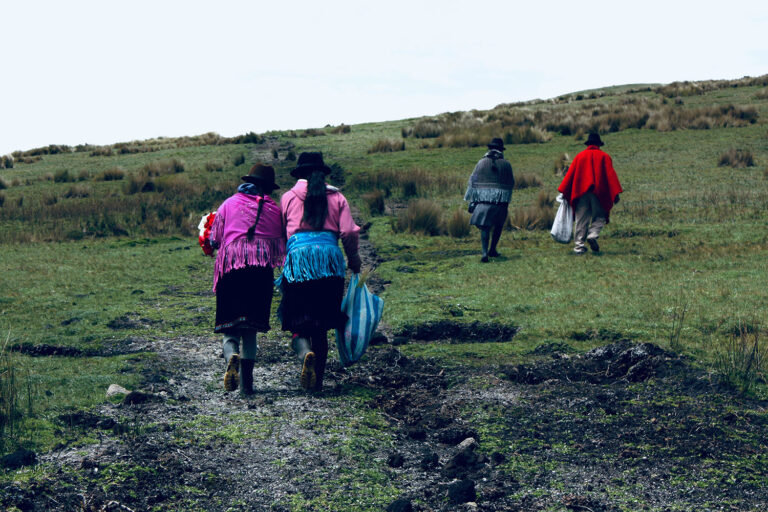This is an article written by the Intellectual Property and Privacy Area, with an educational focus.

The protection of traditional knowledge through Universities within the framework of intellectual property is an issue of great relevance, given that these institutions can play a crucial role in the preservation, documentation and management of this knowledge, since they have a essential role to generate knowledge, be management entities and enhancers of innovation.
In view of this, it is necessary to understand what traditional knowledge is CCTT, since for the Intellectual Property Organization - WIPO, CCTT constitutes a living body of knowledge that has been created, maintained, and transmitted from generation to generation. At the same time, the Code of Ingenuities states that it is all that collective knowledge, such as practices, methods, experiences, capacities, signs and symbols of peoples, nationalities and communities that are part of their cultural heritage and have been developed and updated. Traditional knowledge includes, among others, ancestral and local knowledge, the intangible component associated with genetic resources and traditional cultural expressions.
In accordance with the aforementioned, the legitimate holders have the power and the exercise of decision-making over the CCTT, thus, the exercise of the collective rights over this traditional knowledge are exclusive to them, rights that enable the legitimate holders to grant access, use and exploitation to third parties.
However, this access, use and exploitation must have the prior, free and informed consent of its legitimate holders to authorize a third party. This request must establish a fair and equitable distribution of both monetary and non-monetary benefits, without ceasing to On the other hand, the interested party must respect all collective rights, keep the information provided confidential, in addition to motivating and explaining the purposes, risks, implications, future applications and more about these CCTT.
Once the application is granted and registered with SENADI, a contract will be signed that establishes the terms and conditions on the use, access or exploitation of the CCTT, which must also be registered with the competent authority.
Consequently, Universities, when carrying out research focused on traditional knowledge, must consider all the points mentioned to keep the CCTT protected and, at the same time, prevent the HEIs from being sanctioned.
LINKAGE OF THE CCTT WITH THE ACADEMY
With research projects at Universities, researchers can work directly with indigenous and local communities to collect and record this knowledge, ensuring its preservation for future generations.
Even the collaboration of Universities with peoples, nationalities and communities can generate a great impact for local communities and society in general, since HEIs can create databases that store this knowledge in a secure and accessible way for the communities that generated them. This allows the knowledge to be available for future research, but with adequate control over what type of information is kept, who can access and use said information, with the aim also of preventing improper and cultural appropriation. This collaboration with communities can ensure that they have an active role in managing intellectual property rights over traditional knowledge originating from their culture.
In turn, Universities must establish internal protocols and/or policies to ensure that any research on traditional knowledge is carried out with the prior informed consent of the communities involved. This ensures that the rights and wishes of the communities are respected and not violated, and that any subsequent use of the knowledge is aligned with their interests.
On the other hand, the Academy can be linked and be a connecting entity with the communities in cases where traditional knowledge results or leads to more forms of intellectual property, Universities can serve as intermediaries to manage the transfer of technology, ensuring that the communities involved obtain recognition and economic benefits.
Conclusion.-
Universities, with their academic, economic, legal and research resources, are in a unique position to support the protection of traditional knowledge from the intellectual property framework. By working closely with communities, documenting and preserving knowledge, and developing adapted intellectual property models, Universities can ensure that these valuable cultural resources remain protected and accessible for future generations, while respecting and empowering the communities that have maintained them. alive.
Author: Ab. Sofia Gomez.

